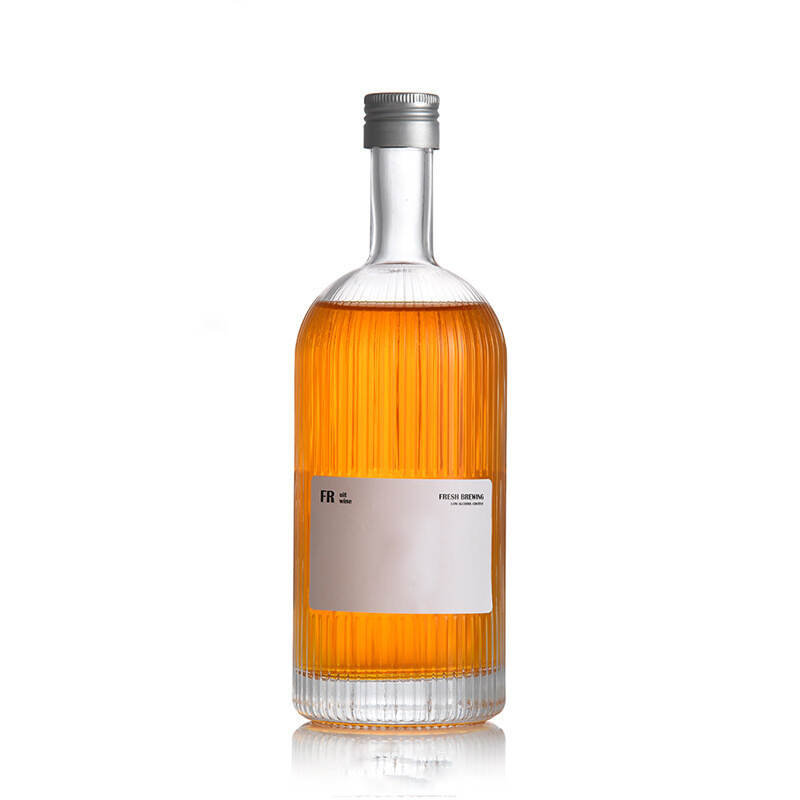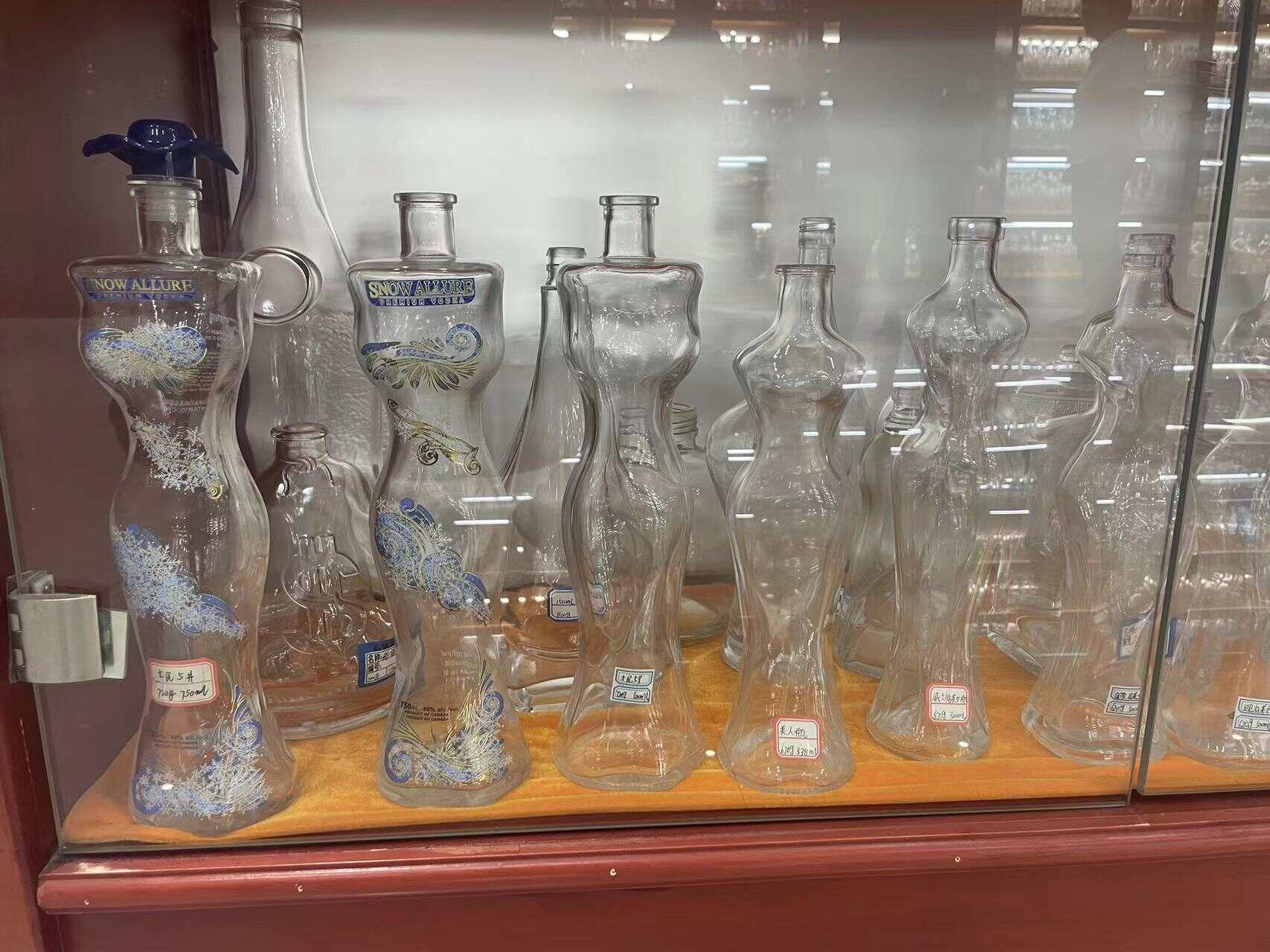Email cannot be empty
Password cannot be empty
Email format error
Email cannot be empty
Email already exists
6-20 characters(letters plus numbers only)
The password is inconsistent
Email format error
Email cannot be empty
Email does not exist
6-20 characters(letters plus numbers only)
The password is inconsistent



In the premium liquor market, whether it's aged whiskey, vintage wine, or top-tier baijiu, their packaging always exudes an understated sense of luxury. Upon closer inspection, one will notice that these bottles are predominantly made of a seemingly ordinary yet ingeniously crafted material—soda-lime glass. Why has this type of glass become the "golden choice" for high-end liquor bottles? How exactly does it impact the quality and storage of the liquor? This article will uncover the secrets behind it from both scientific and craftsmanship perspectives.
I. Soda-Lime Glass: The Unassuming "Guardian"
Soda-lime glass is the most common type of glass in daily life, primarily composed of silicon dioxide (~70%), sodium oxide (15%), and calcium oxide (10%). Its low cost and ease of processing make it widely used in food and beverage packaging. However, premium liquor bottles demand far more than just affordability. The following properties of soda-lime glass set it apart:
1. Chemical Inertness: The Invisible Barrier for Liquor
The dense and stable molecular structure of soda-lime glass makes it nearly non-reactive with alcohol, organic acids, and other substances. This ensures that the liquor’s flavor remains unaltered during long-term storage, as no components leach from the glass. In contrast, certain metal or plastic containers may release trace elements, leading to spoilage or a "metallic taste."
2. High Transparency: Turning Liquor Color into Visual Art
Premium liquors often convey quality through their hues (e.g., the amber glow of whiskey or the deep ruby red of wine). Soda-lime glass boasts over 90% light transmittance and evenly refracts light, perfectly showcasing the liquor’s color and texture. While ceramics or opaque materials may offer a vintage appeal, they obscure this visual allure.
3. Sealability and Pressure Resistance: Defying Time and Environmental Challenges
Soda-lime glass is relatively hard, capable of withstanding the internal pressure generated during long-term storage (especially for sparkling wines). Additionally, it pairs exceptionally well with cork stoppers and metal caps, effectively preventing oxygen ingress and slowing oxidation, thereby providing a stable environment for the liquor’s gradual maturation.
II. Comparative Experiments: Soda-Lime Glass vs. Other Materials
To validate the superiority of soda-lime glass, research institutions have conducted comparative experiments on bottles made of different materials:
- Borosilicate Glass (Heat-Resistant Glass): While it excels in thermal shock resistance, its slightly lower light transmittance and higher cost make it more suitable for laboratory equipment than liquor bottles.
- Crystal Glass (Lead or Barium-Based): Offers higher refractive index and dazzling cuts, but leaded crystal may contaminate the liquor (modern lead-free alternatives are prohibitively expensive), and its chemical stability is inferior.
- Stainless Steel/Ceramics: Opaque and unsuitable for displaying liquor; metals may also impart off-flavors. These are typically reserved for short-term storage or specific liquors (e.g., sake).
The results showed that soda-lime glass delivered the best overall performance in preserving pH levels and flavor compounds over a 10-year storage period.
III. Advanced Craftsmanship: The "Artisan Code" of Premium Bottles
The malleability of soda-lime glass offers vast design possibilities. By adjusting composition ratios and processes (e.g., adding trace metal oxides), bottles can adopt green, amber, or other tints—filtering UV rays (to protect the liquor) while shaping brand identity . Furthermore, premium bottles often employ hand-blown or frosted techniques, creating unique textures and a weighty feel on the soda-lime base, elevating the luxury experience.
IV. Sustainability: A Hidden Bonus in the Eco-Conscious Era
Recently, high-end liquor brands have placed greater emphasis on environmental responsibility. Soda-lime glass, being 100% recyclable, can be melted and reshaped repeatedly without losing performance. For instance, under France’s Cognac region’s "Glass Recycling Initiative," 90% of discarded bottles are remade into new ones, aligning with the premium market’s sustainability goals.
Conclusion: The Science Behind a Traditional Material
Soda-lime glass has emerged as the optimal solution for premium liquor storage by balancing stability, aesthetic value, and eco-friendliness. When consumers raise their glasses, the bottle not only carries the liquor’s essence but also embodies a century-long dialogue between material science and artisanal craftsmanship. Perhaps, during the next tasting, that crystal-clear vessel itself deserves a moment of appreciation.